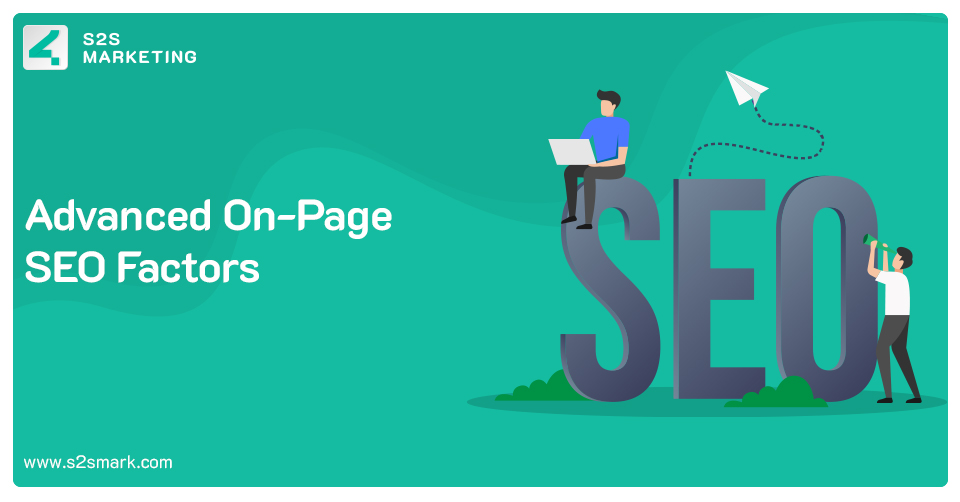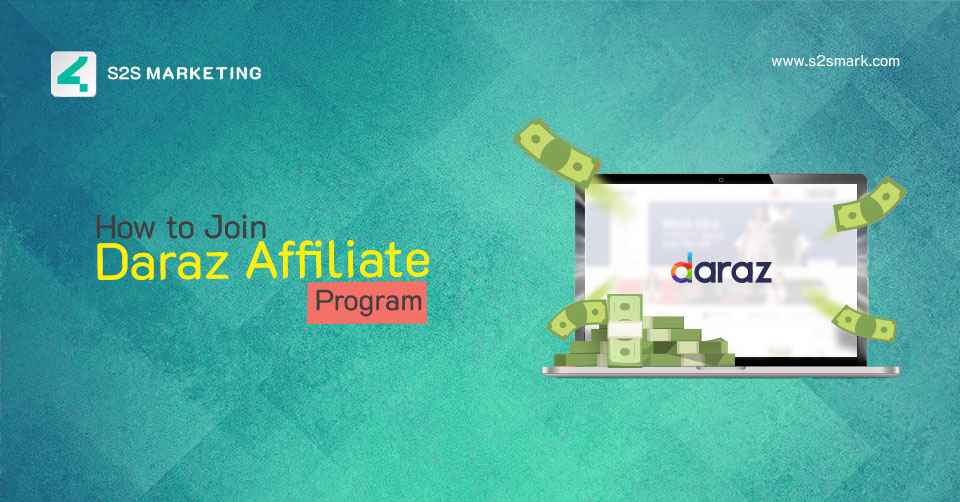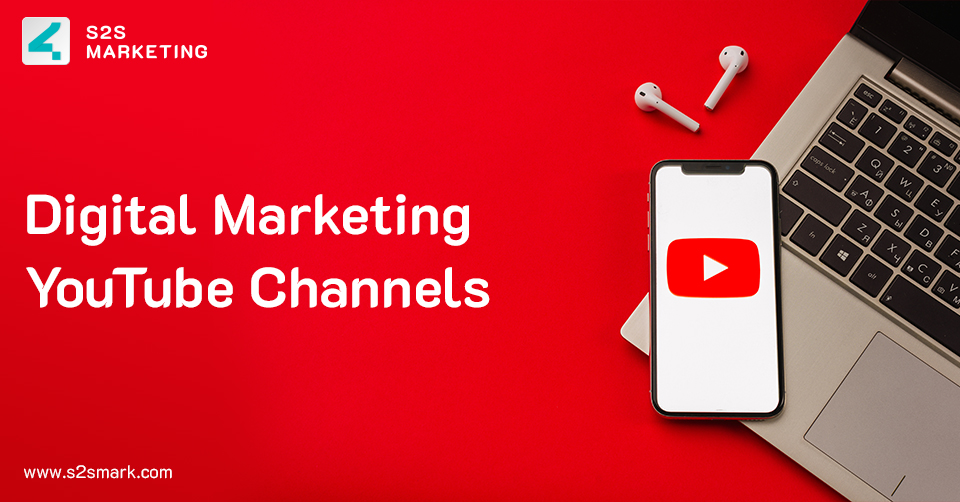Every businessman or company that wishes to be on top in organic search in today’s time needs a few significant factors and optimization that all search engines consider essential. These factors include off-page SEO, on-page SEO, and technical SEO. In the past years, it has been noticed marketers were mainly focused on off-page SEO techniques such as link building, guest content, and local listings. But we can’t deny the reality, which is that we can’t be displayed on the internet or rank on the top without paying attention and performing proper on page SEO factors. Read blog on SEO companies in Islamabad if you are searching for SEO services.
Later in this blog, you will get to know about what is search engine optimization. What is page SEO? How to do on-page SEO? And list down the on-page SEO checklist. Get to know about Best Off-Page SEO Techniques.
Before going into depth, first, we need to understand what SEO is.
What is Search Engine Optimization:
Search engine optimization is also known as SEO. It is the process of boosting the visibility of a website and making it visible to all search engines like Google, Bing, Yahoo, etc. The better ranking or visibility of your website is a surety to get more customers’ attention to buy your services or products related to your business. Secondly, it will make your business a brand by ranking it on the top of the list when someone searches for any services or products related to your business.
We hope that you have understood what SEO is. To know more, you can also read our blog about How to Optimize Your Blog For Search Engine Ranking?
What is On Page SEO & How to do it:
On page SEO is a method of optimizing web pages by optimizing the organic keywords to increase online visibility and generate traffic. It comprises managing the website page elements. Some of these elements include title tags, headings, content, URL, internal links, etc. Read blog on SEO Jobs in Pakistan.
To perform on page SEO, we have to implement the below-mentioned on page SEO techniques.
- Conduct website SEO audit
- Crawl the website
- Keep page titles, meta descriptions, and URLs up to date.
- Track keywords and create topics for each page
- Make sure your keyword is in the URL
- Add organic keywords on website pages.
- Avoid keyword stuffing
- Try to add external links
- Do internal linking
- Keep reviewing content and edit it according to need
By performing above of the on page SEO techniques, you can efficiently boost your website ranking and generate leads.
Advanced on Page SEO Factors:-
To perform on page SEO, every SEO Expert has to know the following advanced factors that will help to boost and promote the website ranking more efficiently and more effectively.
1. Title Tag
The title tag is one of the most significant and advanced SEO factors that can impact more proficiently in promoting your website. It is written in the top section of the web pages. It shows what the respective page says or is on. So, try to avoid missing, copy, or unwell or poor title tags because it can impact badly or negatively on your website SEO results and can harm your ranking as well. Make sure you have optimized for this one of the essential on page SEO factors.
2. Meta Description
Meta descriptions or meta tags are the elements that represent the visitor or reader a few things about what the page is regarding why you should visit this page. These descriptions are written just below the title of the page. It doesn’t help in boosting the ranking, but it helps in engaging and attracting the users. It can support in improving the CTR – Click-through rate and insight the website quality of results.
3. Header Tags
Header tags are also known as heading tags. These are used to differentiate the heading and subheadings. Header tags consist of H1, H2, H3, H4, H5, and H6. These tags identify the subtitles or labels of the content. Any of the header tags help to make your content more comfortable to understand.
4. Headlines
A headline plays the role of leaving a good impression, it should be catchy and attractive, and at the same time, it needs to be relevant to the content. Compelling headlines are the exact way to rank on Google. A headline should stand out on the SERPs because it will encourage your user to click, open the tap and read the full blog or article. So, an eye-catching headline can engage your visitors and help you to improve your SEO results.
5. Write SEO Content
To get top-ranked on search engines and appear on SERPs, a website or company must need to write content for SEO. That will help in boosting ranking and improving user engagement – it will work for both search engines and users. SEO content should include organic keywords.
Note: You are writing content for the user and search engines, so it should be high quality, to the point, engaging, and substantial.
6. Content Audit
A content audit is something like evaluating your content. It will help you to figure out if your existing content is ranked or not? Is it achieving the intentions or not and improving ROI or not? It identifies whether the information that is written as content is still accurate or not. Also, determine what kind of content will help you to boost up your ranking and become visible. A content audit can be done after a day, a week, or a month. It will also improve your on-page SEO techniques.
7. URL Structure
Most of the marketers didn’t give much attention to the URL structure. However, the URL is a primary element of SEO. It can be called a building block of a website. A URL (uniform resource locator) displays a summary of the page content to search engines and users. A short URL containing the keyword is always supposed to be strong. Most CMS – WordPress generate auto URLs containing keywords and using title tags. Make sure your keyword must include in the URL, as Google will understand it more proficiently.
Note: If in case you found another URL consisting of an organic keyword that you are looking for, use the secondary or LSI keyword to create an effective URL.
8. Keywords Placement
Once you understand which keywords you have to rank for, inserting them into characteristic places on your page is crucial. It contains:
- Title tag: also known as meta title; the title that occurs on the SERP – Search Engine Result Pages.
- H1 title: A title that arises on the page
- H2 headings: Add at least two.
- URL: Always try to keep your URL short and precise.
- Inherently in the body: Also in the first 100 words.
- Meta description: The blurb appears below the title tag/meta title. Make sure it accurately adds up your page and provides searchers a cause to connect. Google doesn’t ever utilize the meta description you deliver, but it’s still essential to contain.
9. Add “Content Features” To Your Page
Content Features will be an edition to the topic and let the reader use those features as an extra. Content Features can be:
- Calculators
- Table of Content
- Comparison charts
- Feature breakdowns
- Pros and cons lists
- Detailing Tables
- Overviews
- Quote Sections
Basically, they’re specialties that you count on for your content to create it more effective and valuable. Plus, Content Features can, instantly and indirectly, support improving your Google rankings.
10. Add Content That Answers People’s Faqs
Blogs are always written to explain things to the readers who put the query on google to get their answers.
Useful content answers the questions, and semantically appropriate content echoes this. A highest ranking for any search query means the search engine feels your content suggests the best and most useful answer to the question. As you structure your content about topics and articles, confirm you earn the highest ranking by answering the questions and delivering a more satisfactory user experience than the competitor.
Conclusion:
If you want to increase your website ranking, boost online visibility, conversions, and generate organic traffic, you must be knowledgeable of the above mentioned advanced on page SEO factors. You can also read our blog about SEO Companies in Pakistan.
Read more related blogs:





